Mastering Garlic and Onion Alternatives: A Culinary Guide
No garlic and onion? Is there another way?
Cooking without garlic and onion may sound like the worst advice. “That’s how you build flavor!” you might say. I’m here to help you find that flavor while removing the garlic and onion from your dish.
Why would you even want to? There might be a couple of reasons. Perhaps your best friend absolutely detests biting into an onion. Maybe your sister-in-law has digestive issues (likely IBS), and she’s on a new elimination diet, and YOU are making this year's holiday dinner. Whatever the reason you might want to be creative WITHOUT garlic and onion, let’s discuss some ideas of ingredients that can build some delicious flavors even without them.
Garlic and onion contain sugars (yes, sugars) that some people just can’t digest very well. The nice thing is those sugars are water soluble and not fat soluble. You can use garlic and onion for flavor without actually putting it in the food. Trust me.
Get the flavor without the garlic.
Make some garlic-infused olive oil. Preheat your oven to 300 degrees Fahrenheit. Toss 6-10 peeled garlic cloves in a generous amount of olive oil and pour them into a small baking dish with a lid or covered in foil. Roast in the oven for about 20 or 30 minutes until the garlic is golden and soft. Remove it from the oven and allow it to cool. Then, pour into a small canning jar or an empty pasta sauce jar. (Be careful not to squish the garlic). Fill the jar up with more olive oil. Store the jar in the fridge until the next day. Then, you can gently remove the garlic cloves.
Just smell that delicious garlic flavor (but without the garlic sugars). Make sure you continue to store the olive oil in the refrigerator. It will last a few weeks. If left out at room temperature, you risk contamination of foodborne illnesses. No one wants that!
Now, let’s talk about using that bottle of deliciousness.
Olive oil infusion
Do you need a marinade for some chicken thighs to make you and your bestie a great lunch? Pour a few tablespoons over four chicken thighs with some chives, fresh thyme, salt and pepper, and roast the chicken in the oven.
Making a crunchy salad that’s to die for? Your new olive oil makes an excellent base for tomorrow’s salad dressing. Just add a little lemon juice, parsley, green scallions, and freshly grated parmesan cheese. And, hey, you could top it with some of that chicken. You can even marinate pre-cooked chicken breasts. I love the cooked chicken breast packets from Trader Joe’s. Yeah, I can cook my own chicken, but I like an easy lunch as a busy mom with multiple jobs. Make your own salad dressing with your new garlic-infused olive oil, and cut up some of the chicken TJ’s (Trader Joe’s) made for you!
Taking out the onion
Did I mention onions yet? You can also make a great onion-infused oil in almost the same way. This time you’ll peel the onion and cut it in quarters. Coat it in some olive oil and then bake it in a small pan with high sides and cover it in foil. Roast for about 20 minutes at 300 degrees Fahrenheit or until the onion softens. Remove it from the oven and let it cool. Add the oil to another container or mix it with your garlic-infused olive oil. Spectacular! Now you can get the flavors without actually eating the garlic or onion, which is where the sugars are that can cause some people to have digestive problems.
Substitute some more
Do you like to make your own turkey dressing (stuffing)? Instead of using butter in your recipe, add some of your homemade garlic and onion-infused oil. You can also toss some green beans with your infused oil and salt and pepper after you cook them. But the oil will only take us so far.
Below, I’ve made a short list of ingredients you can use to substitute and just leave out the onions or garlic entirely. Most of these are greens, so treat them like herbs. Herbs should be added towards the end of the cooking process (last half hour or so) because they lose potency if they are cooked for too long.
- Chives – fresh or dried
- Scallions (green parts only) - fresh
- Leeks (green parts only) - fresh
- Garlic scapes - fresh or frozen
Buy these fresh, chop them small, and store them in a small jar in the freezer for later.
Have some fun with these suggestions. You might discover you enjoy the flavors even more.



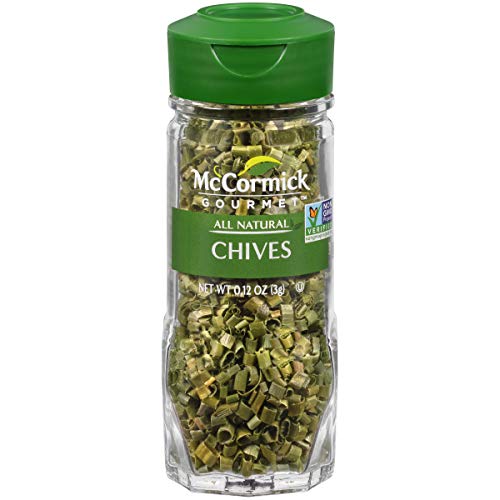

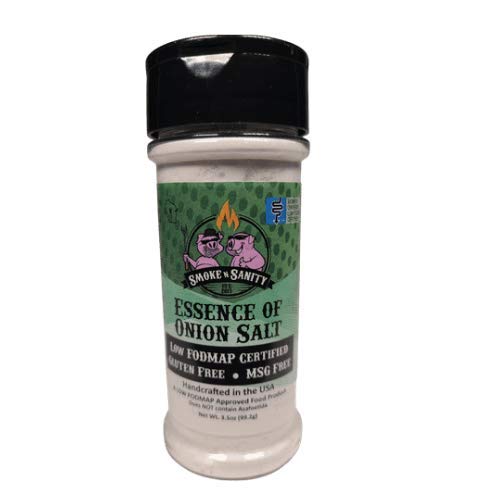
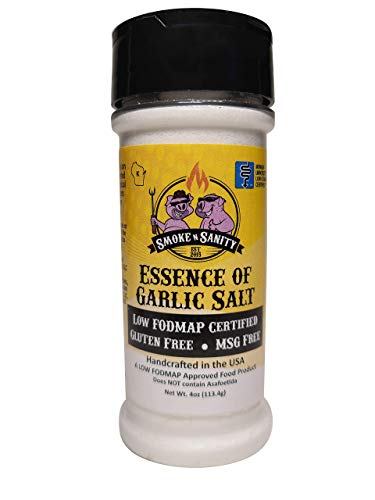

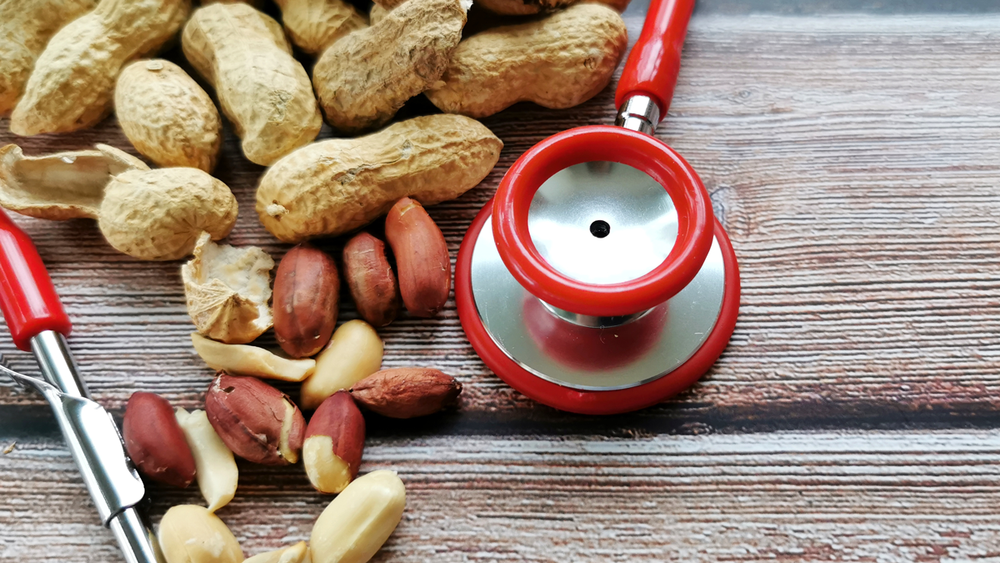


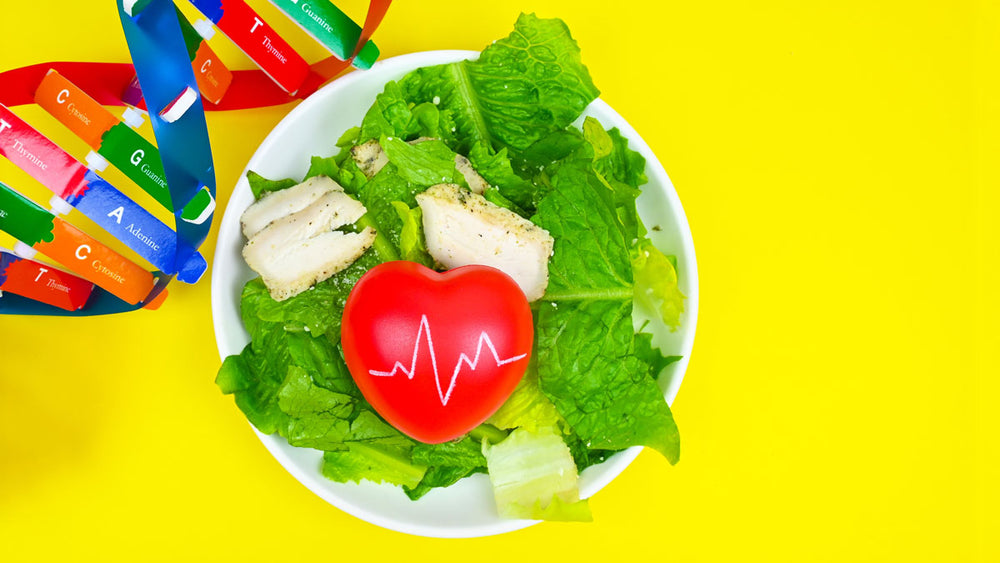

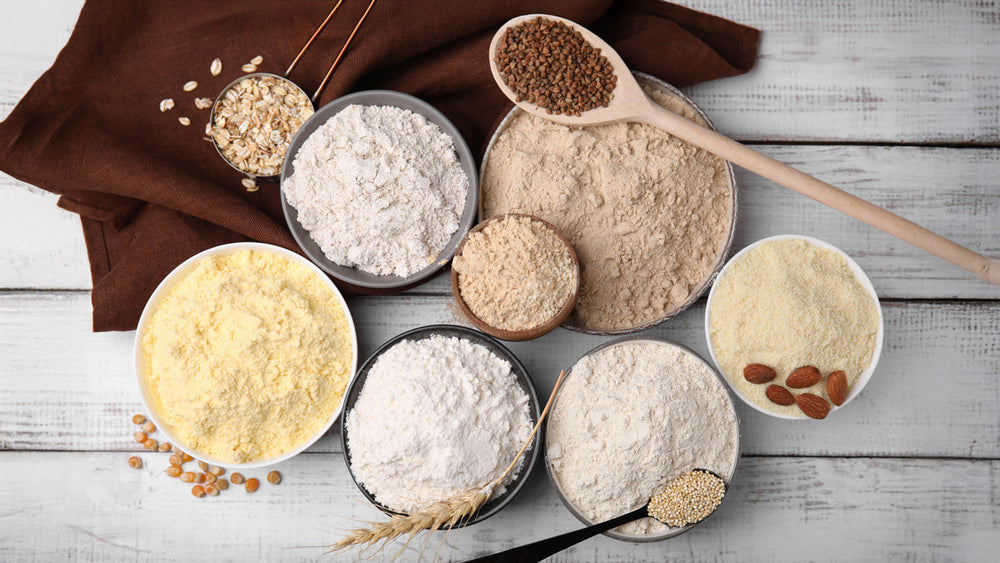
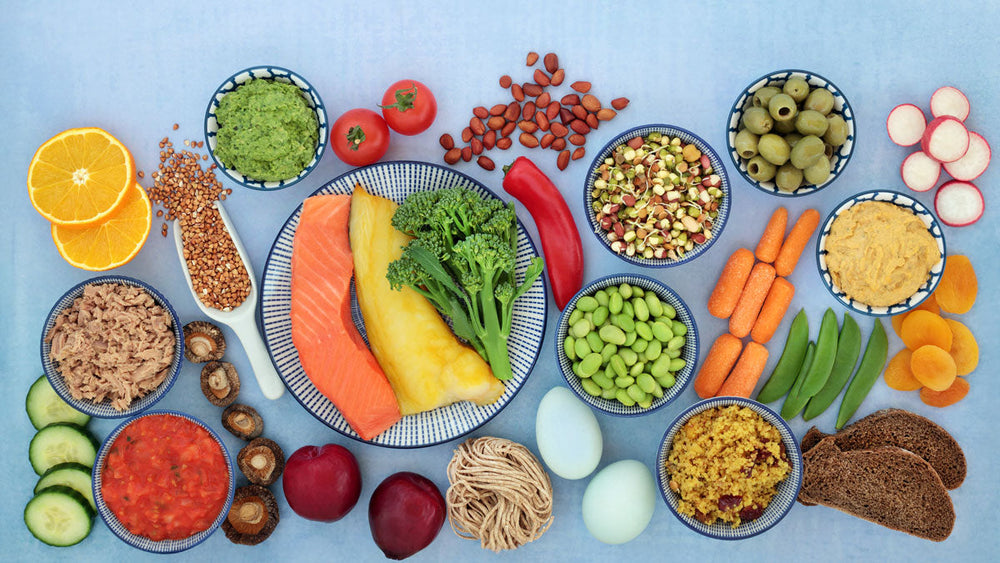





Comments
Join The Conversation...